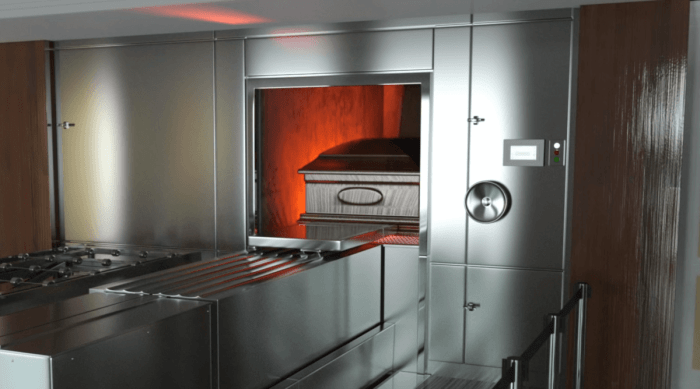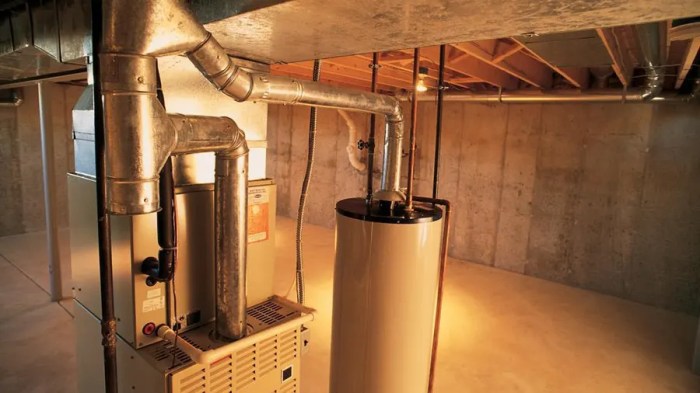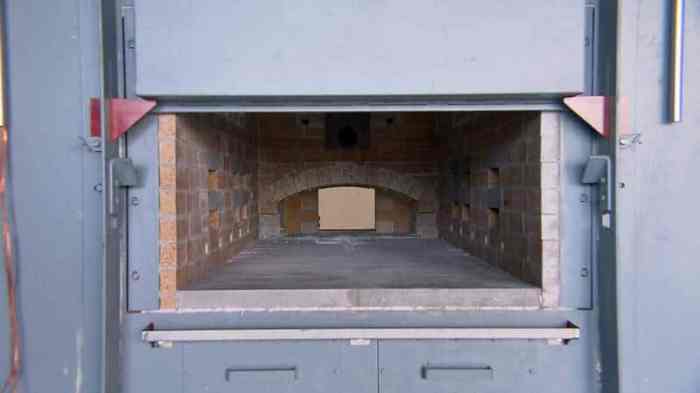Cremation, an ancient practice that reduces human remains to ashes, relies heavily on the intense heat of crematory furnaces. How hot does a crematory furnace get? The answer to this question unveils a fascinating world of scientific precision, technological advancements, and ethical considerations.
Crematory furnaces operate at exceptionally high temperatures, ranging from 1400 to 1800 degrees Fahrenheit (760 to 982 degrees Celsius). These extreme temperatures ensure the complete combustion of the body, reducing it to bone fragments that are further processed into ashes.
Crematory Furnace Temperatures

Crematory furnaces operate at extremely high temperatures to reduce human remains to bone fragments. The temperature range typically falls between 1400°F (760°C) and 1800°F (982°C). Higher temperatures are used for cremation of adults, while lower temperatures may be used for infants or pets.
The specific temperature chosen depends on factors such as the size and density of the body, the type of casket or container used, and the desired cremation time.
Heat Distribution and Control
Heat is distributed evenly throughout the crematory furnace using a combination of burners and fans. The burners generate heat, while the fans circulate the hot air to ensure consistent temperatures throughout the chamber. Advanced crematory furnaces utilize sophisticated control systems to precisely regulate the temperature, ensuring optimal cremation conditions.
Maintaining consistent temperatures is crucial to achieve complete and efficient cremation while minimizing the risk of incomplete combustion or over-burning.
Fuel Sources and Combustion
Crematory furnaces primarily use natural gas or propane as fuel sources. These fuels are burned in a controlled environment within the furnace, generating intense heat. The combustion process releases gases, including carbon dioxide and water vapor, which are vented through the furnace’s exhaust system.
Modern crematory furnaces employ advanced combustion technologies to minimize emissions and ensure environmentally responsible operation.
Safety and Regulations
Crematory furnaces are equipped with a range of safety features to protect operators and prevent accidents. These features include temperature monitoring systems, emergency shut-off switches, and fire suppression systems. The operation of crematories is strictly regulated by government agencies to ensure the safe and respectful handling of human remains.
Ethical considerations are also paramount, with guidelines established to maintain the dignity and privacy of the deceased.
Technology and Innovations, How hot does a crematory furnace get
Advancements in crematory furnace technology have focused on improving efficiency, sustainability, and emissions control. New furnace designs incorporate energy-efficient burners and insulation to reduce fuel consumption. Catalytic converters and other emission control systems minimize the environmental impact of cremation. Additionally, advancements in furnace control systems enable precise temperature regulation and automated cremation processes, enhancing consistency and efficiency.
Questions Often Asked: How Hot Does A Crematory Furnace Get
What factors affect the temperature of a crematory furnace?
The size and type of the body, the type of fuel used, and the design of the furnace itself all influence the temperature.
How is heat distributed within a crematory furnace?
Heat is typically distributed evenly throughout the furnace using a combination of burners and fans.
What are the safety measures implemented in crematory furnaces?
Crematory furnaces are equipped with multiple safety features, including temperature sensors, fire suppression systems, and ventilation systems.


